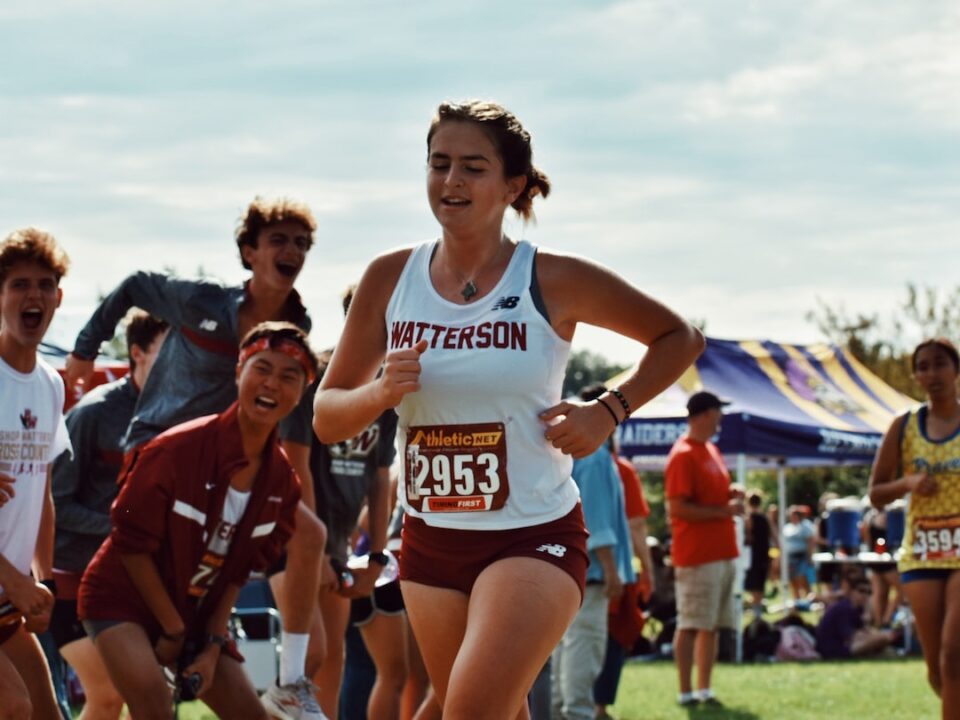Breaking Boundaries: Paralympic Athletes Defying the Odds
In the world of sports, boundaries are often set by physical limitations or societal norms. But every four years, the Paralympic Games showcase the extraordinary abilities of athletes who push beyond those limitations, defying the odds and inspiring millions worldwide.
The Paralympic Games, which began in 1960, have paved the way for disabled athletes to compete at the highest level. These games demonstrate that disability does not define a person’s capabilities and that with determination, commitment, and a strong mindset, individuals can achieve greatness.
One of the most remarkable aspects of the Paralympic Games is the diversity of disabilities represented. Athletes compete in various categories, including physical, visual, and intellectual impairments, each with its own unique challenges. However, what unites these athletes is their relentless dedication to their chosen sport.
Physical disabilities may range from amputations to spinal cord injuries, but athletes find innovative ways to adapt and excel. Take, for example, wheelchair basketball. Players exhibit incredible speed and agility as they zip across the court, skillfully maneuvering their chairs. The strength and precision behind each move are a testament to their determination and tireless training. Similarly, in para cycling, athletes rely on specially designed bikes to overcome their physical constraints. With unwavering grit, they pedal at lightning speed, showcasing their athleticism and proving that nothing can hinder their love for their chosen sport.
Visual impairments are another obstacle that Paralympic athletes face head-on. Athletes who are blind or partially sighted participate in a variety of sports, such as athletics, swimming, and goalball. These individuals have developed exceptional skills and rely heavily on their other senses to navigate the field or pool. With the aid of guides, they trust their instincts, internalize the environment, and strategically compete against opponents. Their performances are a testament to the power of adaptation and perseverance, proving that success can be achieved despite the absence of sight.
Intellectual impairments pose a unique set of challenges, but Paralympic athletes with intellectual disabilities have shown remarkable determination in their pursuits. Dancing on ice in figure skating, smashing shuttlecocks in badminton, or tackling opponents on the judo mat, these athletes defy stereotypes and prove that barriers can be broken, regardless of individual limitations.
Beyond their athletic achievements, Paralympic athletes inspire the world with their resilience and positive outlook. Their stories of overcoming setbacks, injuries, and societal stigmatization ignite hope and encourage inclusivity. They challenge us all to reconsider our own limitations and preconceived notions about what is possible.
Moreover, the Paralympic Games promote global unity and bridge the gap between disability and ability. By equalizing the playing field, these games showcase the immense talent and potential that lies within all individuals. They foster understanding, empathy, and recognition of the contribution that disabled individuals can make to society.
As spectators, we are privileged to witness these remarkable athletes break boundaries, smash records, and redefine what it means to be an athlete. Their unparalleled strength, perseverance, and dedication resonate far beyond the sporting arena, leaving a lasting impact on our lives.
In conclusion, the Paralympic Games provide a platform for disabled athletes to defy the odds and showcase their immense abilities. These inspirational men and women break boundaries that society once deemed insurmountable, redefining what the human spirit can achieve. Through their phenomenal performances, they challenge us to embrace inclusivity, push beyond our own limitations, and strive for greatness in whatever endeavors we pursue.

